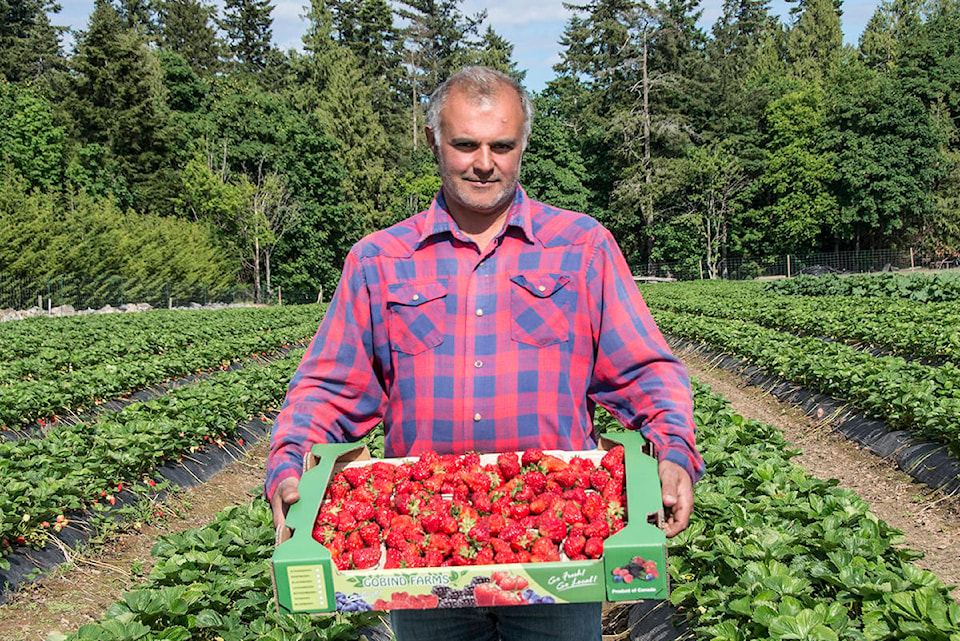A new report finds a growing demand for locally grown food, but also underscores fundamental challenges facing local farmers.
Research by the Peninsula and Area Agricultural Food Commission found the demand for fresh farm food grew at a never-before seen rate in 2020, with some farm gate and market sales increasing as much as 300 per cent.
“The public in our area are more frequently buying directly from the farmer, to not only avoid less food handling, but also bypassing the long lines at the larger grocery stores, some of whom increased their prices substantially,” the report states.
The document will serve as a resource of advice, information and assistance to member municipalities Saanich, Central Saanich, North Saanich and Metchosin.
As expected, COVID-19 played a major part in this boom, while also constraining it. Pandemic protocols raised costs at the retail level and impacted the availability of foreign workers. Some farmers tried to hire domestic workers, but many opted not to work, collecting federal support payments instead.
“The biggest obstacle for farmers was the lack of farm workers, both foreign and domestic,” the report reads. “Some farmers were reluctant to plant until there was a guarantee there would be help with the harvest.”
Cuts in the schedule of BC Ferries caused by the pandemic also complicated the transport of livestock.
RELATED: New ALR legislation targets speculation, leaves farmland for farming
Looking beyond, the report points to rising cost of farmland. Citing an April 2020 Farm Credit Canada report, the commission report finds farmland values increased by an average of 13.1 per cent over the previous year. Notwithstanding a brief dip, the price of farmland continues to rise.
“As the price of farmland increases, it becomes more and more out of reach for young farmers, who in general farm more innovatively and intensively,” it reads.
Other issues facing farmers include flooding and related urban run-off. “With high intensity storms now occurring at all times of the year, the resulting flooding not only destroys existing crops, it also often leaves behind traces of various pollutants including oils, antifreeze, tire rubber and other urban waste.”
RELATED: Foodlands trusts help break down farming barriers: study
The report calls on Minister of Agriculture and Saanich South MLA Lana Popham; Adam Olsen, BC Green Party MLA for Saanich North and the Islands, and municipal officials to help more actively with the “serious problem of flooding” if they want farming to survive.
While not citing specific instances, the report also defends local farmers against “strident individuals who … now use derogatory terms” in referring to farmers who drain, irrigate and use fossil fuels to till, harvest, heat greenhouses or apply inorganic fertilizers. “These sentiments ignore the reality that most local farmers are taking climate change and sustainability initiatives seriously and are moving forward with science-based approaches.”
RELATED: Shortage of foreign workers costs Saanich Peninsula berry farmer thousands
Do you have a story tip? Email: vnc.editorial@blackpress.ca.
Follow us on Twitter and Instagram, and like us on Facebook.
